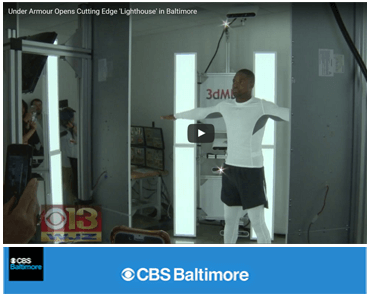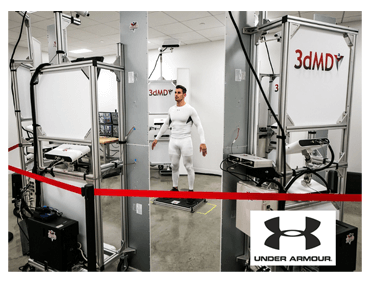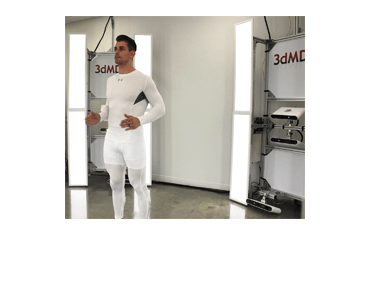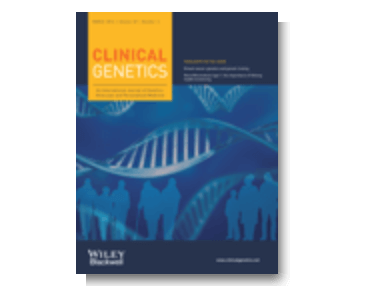Under Armour Opens UA Lighthouse Manufacturing And Design Leadership Center In The Brand’s Hometown Of Baltimore. [3dMD is a best-in-class Lighthouse Development Partner.]
Date: June 28, 2016. Source: Under Armour, Inc. distributed via PR Newswire. Headline: Under Armour Opens UA Lighthouse Manufacturing And Design Leadership Center In The Brand’s Hometown Of Baltimore. State-of-the-art Facility in the USA to Serve as the Epicenter for Product and Process Innovation. BALTIMORE, June 28, 2016 /PRNewswire/ — Today, Under Armour (NYSE: UA,…









